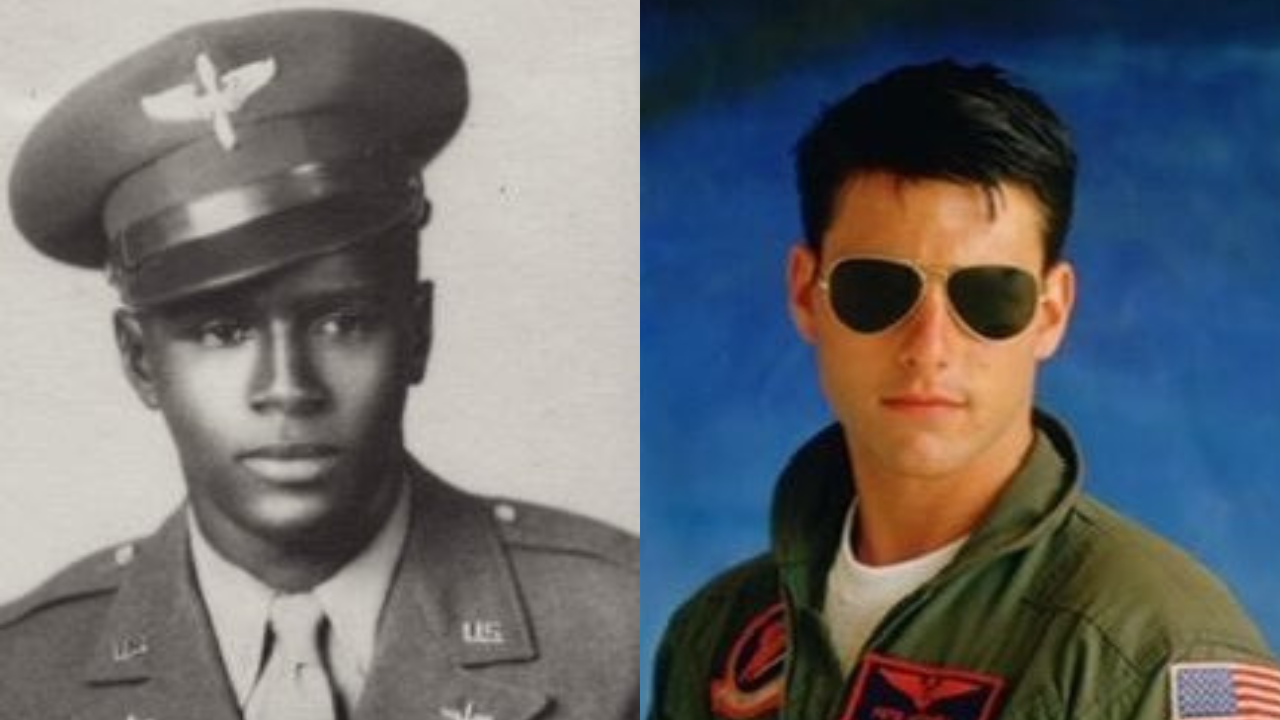In 1949, the United States Air Force organized its first-ever Aerial Gunnery Competition at Las Vegas Air Force Base, later renamed Nellis Air Force Base. This prestigious event, which would eventually inspire the concept of “Top Gun,” was designed to showcase the skills of the nation’s most elite fighter pilots in dogfighting, aerial tactics, and gunnery precision. It was a competition meant to crown the best of the best.
Among the teams competing was the 332nd Fighter Group, better known as the Tuskegee Airmen. These African-American pilots had already carved a distinguished reputation during World War II, earning accolades for their bravery and effectiveness in escorting bombers across Europe. Despite facing systemic racism and skepticism about their abilities, the Tuskegee Airmen proved their mettle time and again. By 1949, they were eager to demonstrate their capabilities on a national stage.
Flying P-47 Thunderbolts, the 332nd Fighter Group competed with exceptional skill and determination. The team, led by Captain Alva Temple, included Lieutenant Harry Stewart Jr., Lieutenant James H. Harvey III, and alternate pilot Lieutenant Halbert Alexander. Their gunnery precision, tactical maneuvers, and teamwork were unmatched, and when the scores were tallied, the 332nd emerged as the undisputed winners of the competition.
However, the announcement of their victory did not come with the fanfare or recognition they deserved. In a shocking and blatant display of racial bias, the Air Force refused to publicly acknowledge their achievement. The 332nd’s accomplishment was buried in obscurity, and the trophy was inexplicably left unengraved and forgotten in a storage room for decades. It was only in the late 1990s that the injustice was uncovered, and the surviving members of the team received the recognition they had earned.
This episode is a sobering reminder of the systemic racism that pervaded even the most prestigious institutions at the time. Despite their remarkable success, the Tuskegee Airmen were denied the respect and acknowledgment owed to them, solely because of the color of their skin. Yet, their legacy endures as a testament to excellence, perseverance, and the unyielding spirit to rise above prejudice.
Today, the Tuskegee Airmen’s victory in the 1949 Aerial Gunnery Competition stands as a symbol of triumph over adversity. Their story continues to inspire generations, reminding us of the sacrifices and achievements of those who fought not only for their country but also for equality and justice.

